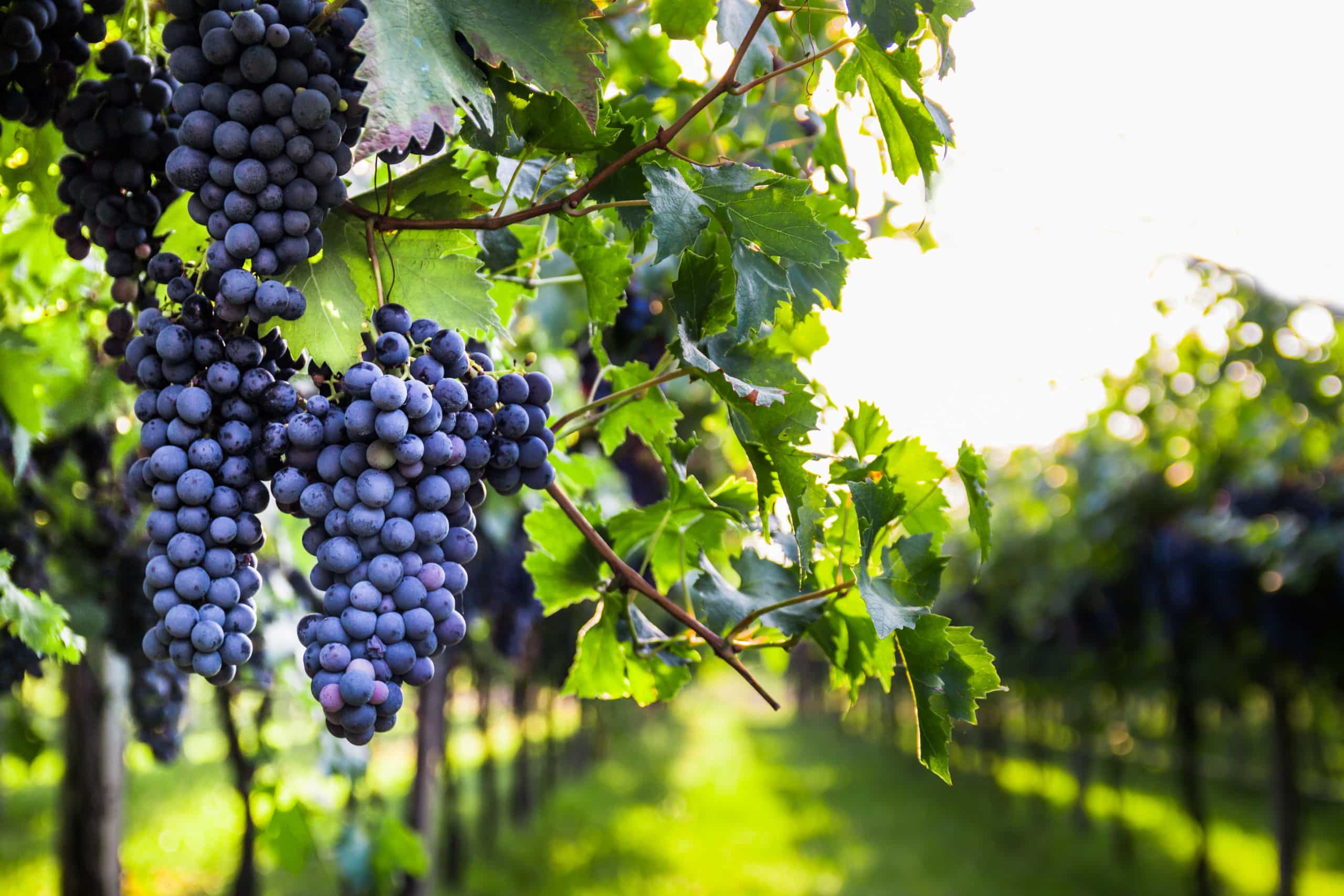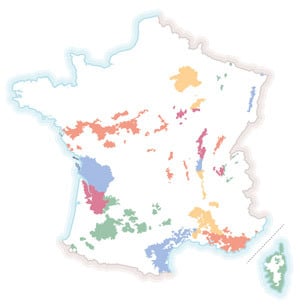
Contents
“Yes, it’s a small organic wine, without sulfites, hand-picked to respect the grapes…“You’ve probably heard this phrase while tasting organic or natural wines with your bobo friends in a wine cellar in eastern Paris or in Lyon’s Croix Rousse district! They may deplore the workings of mechanical harvesting and praise the benefits of manual harvesting, but for you, this practice remains rather abstract.
Don’t worry, today we’re going to introduce you to these two types of harvest and their respective advantages and disadvantages.
The harvest
Once the grapes have reached maturity, they need to be harvested by the winemaker. For this, there are a number of solutions: either by hand (manual harvesting), or by machine (mechanical harvesting).
The choice of harvesting method depends on a number of factors, including the fragility of the grapes (some grapes, such as Pinot Noir, cannot withstand machine picking, whereas Cabernet Sauvignon is much more robust). We can also look at the opportunity cost: manual harvesting is much more expensive than mechanical harvesting, but it also preserves the quality of the grapes much better. The winegrower’s role is therefore to arbitrate between these two models and strike the right balance between cost and opportunity.
Mechanical harvesting
In mechanical harvesting, machines equipped with beaters pass through the vines and drop the bunches onto a moving conveyor belt. A fan inside the machine removes most of the leaves.
The brutality of this type of harvest is not ideal for preserving the quality of the grapes, especially the white varieties. Highly reputed crus in Sauternes, Burgundy and Champagne almost never use manual harvesting.
However, mechanical harvesting is relatively inexpensive, and the purchase of a machine enables the winegrower to achieve economies of scale. What’s more, the speed of mechanical harvesting is quite useful, enabling us to pick grapes at just the right moment without some bunches rotting on the vine.
Manual harvesting
Hand-picked grapes are, as the name suggests, harvested by hand. The grapes are usually stored in crates of varying sizes, depending on the grower’s requirements: the smaller the crates, the better the quality of the grapes. Moreover, transport to the winery in openwork crates allows the juice to run off instead of oxidizing or causing micro-fermentation.
Although manual harvesting is more costly (a lot of labor to pay), tedious and time-consuming, it is necessary in vineyards with poor access or on hillsides. In the Beaujolais region, hand-picking is compulsory to enable whole bunches to be harvested.
Moreover, while hand-picking ensures that the quality of the grapes is preserved, it also enables the winemaker to harvest each grape at the precise moment that corresponds to the desired ripeness (for sweet wines, for example). As this method is very time-consuming and costly, it has a real impact on the cost of the bottle.
In short, the choice between these two types of harvest depends on the winemaker’s cost/benefit calculation and the constraints imposed by his terroir. Today, 60% of French vineyards are mechanically harvested, leaving 40% hand-harvested.
Photo by Vindemia Winery / Unsplash




